25 Sweet & Surprising Facts About Valentine's Day & Romance (2025 Update!)
Beyond Chocolates & Roses: A Valentine's Day Journey
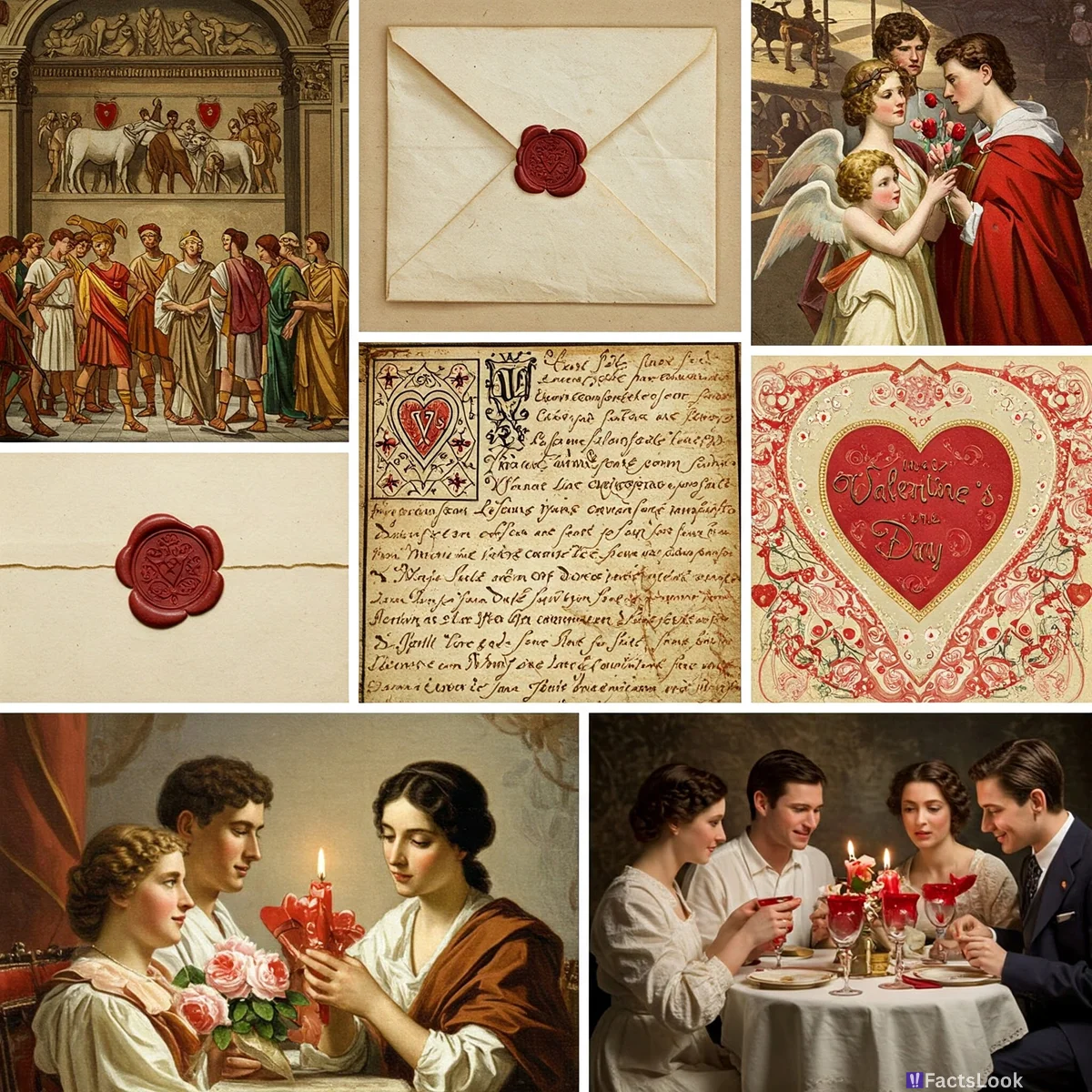
Valentine's Day is synonymous with love, but its roots are surprisingly complex! This isn’t just about modern romance; it’s a blend of ancient rituals and evolving traditions. From pagan festivals to Victorian courtship, we'll explore the little-known history and surprising facts surrounding this globally celebrated day, and peek into what Valentine's 2025 might hold.
Lupercalia: The Pagan Origins
Before hearts and flowers, Valentine’s Day had ties to the Roman festival of Lupercalia, a fertility celebration held in mid-February. It involved animal sacrifices and matchmaking rituals! It wasn’t the romantic ideal we know today, but it laid the groundwork for celebrating love in February. [Source: History.com - https://www.history.com/topics/valentines-day/history-of-valentines-day]
The Priest & The Emperor: The St. Valentine Legends
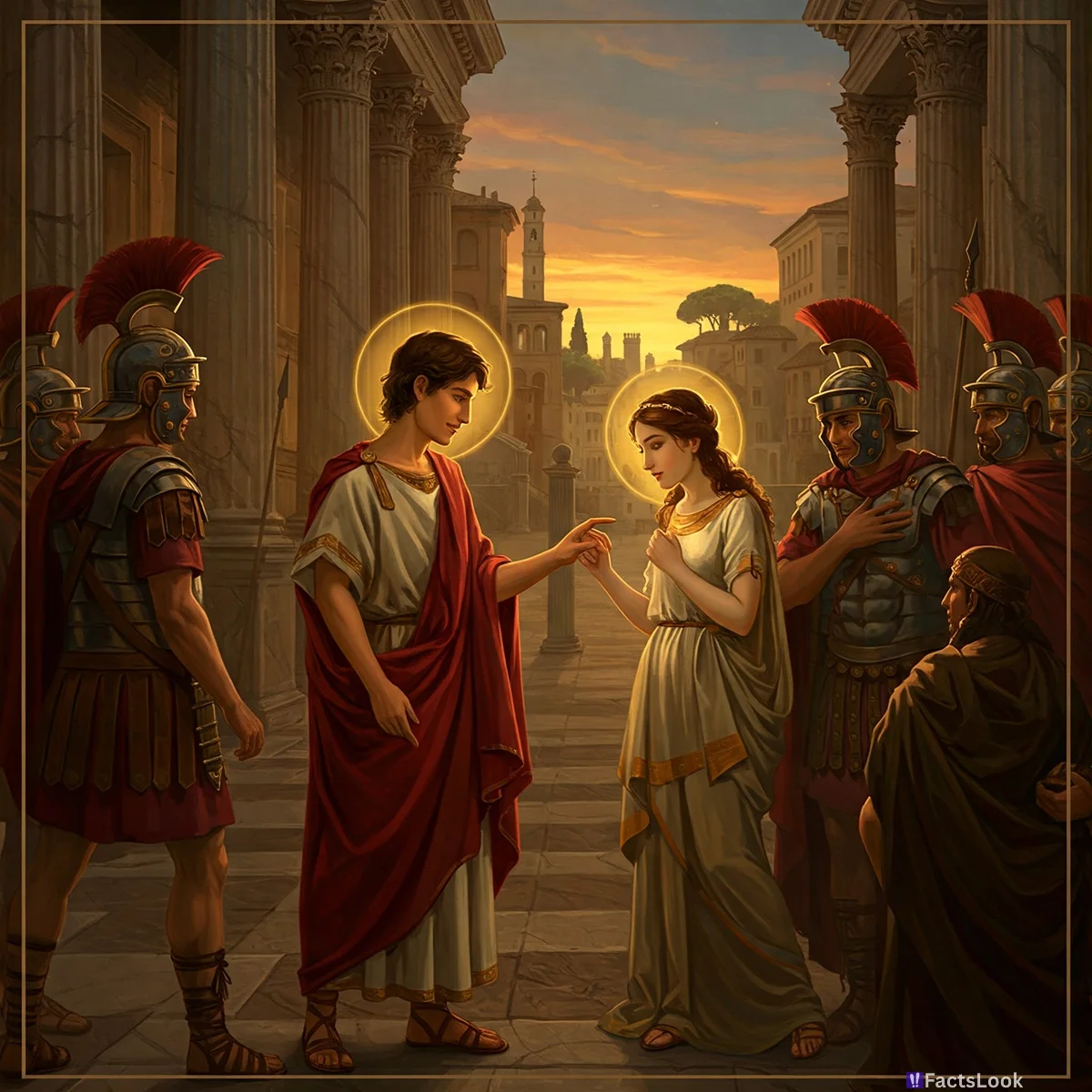
The story of St. Valentine isn’t just one tale. There are *multiple* St. Valentines, and several legends surround them. One popular story involves a priest who defied Emperor Claudius II’s ban on marriages for young soldiers, believing single men made better warriors. He secretly performed marriages and was imprisoned – and potentially martyred – for it.
Geoffrey Chaucer: The Poet & Valentine's Day
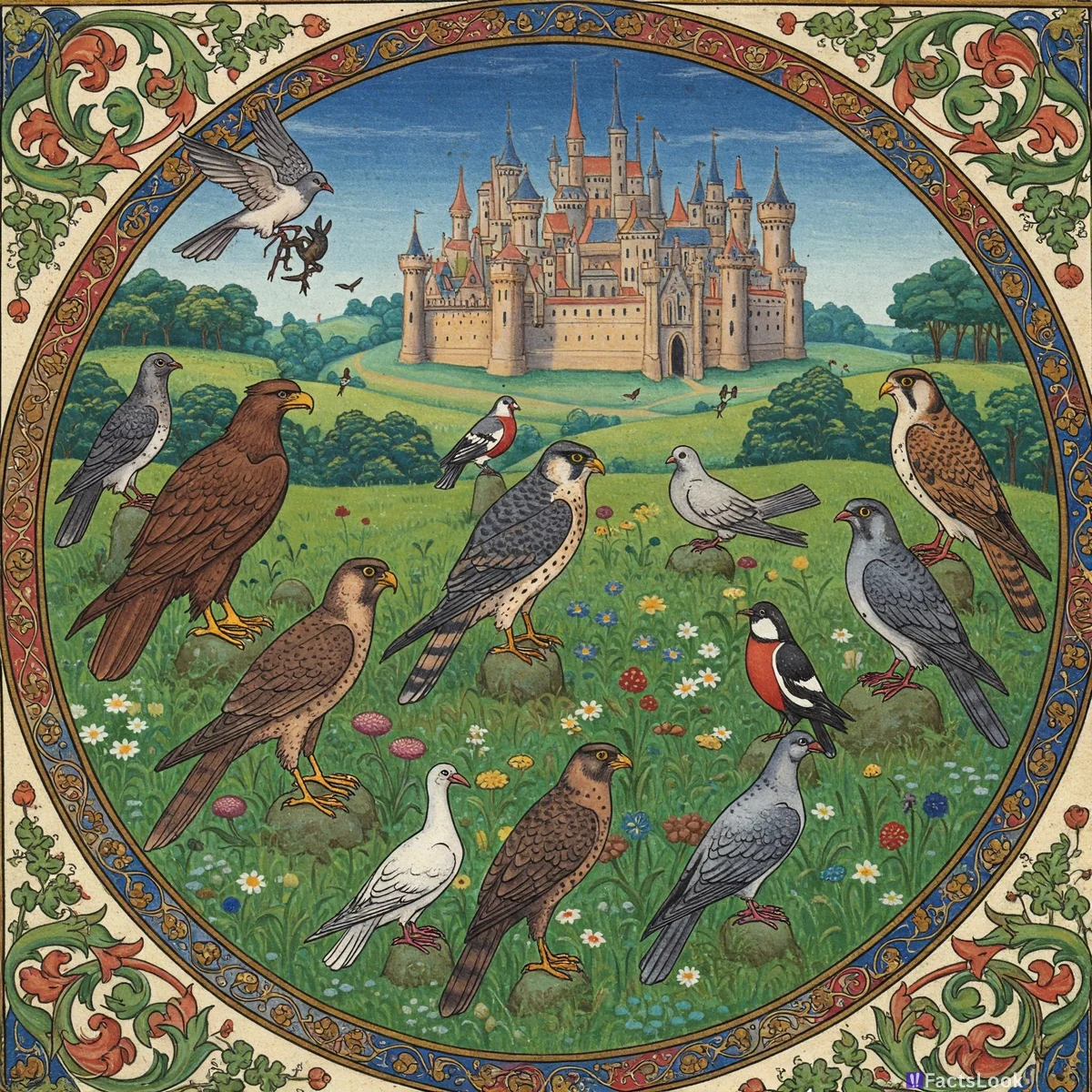
The association of Valentine's Day with romantic love didn’t become significant until the 14th century, largely thanks to Geoffrey Chaucer. In his poem 'Parliament of Foules,' he linked St. Valentine’s Day to the mating of birds – a clear connection to romance. This poet is arguably the early promoter of Valentine's Day as a day celebrating love.
The First Hand-Made Valentine
The oldest surviving handmade Valentine is believed to be a poem written by Charles, Duke of Orléans, to his wife while he was imprisoned in the Tower of London in 1415. This poignant gesture marks one of the earliest examples of a personal, heartfelt Valentine’s message! It shows just how long people have been expressing their feelings through Valentines.
Valentine Cards Were Once Complex Puzzles
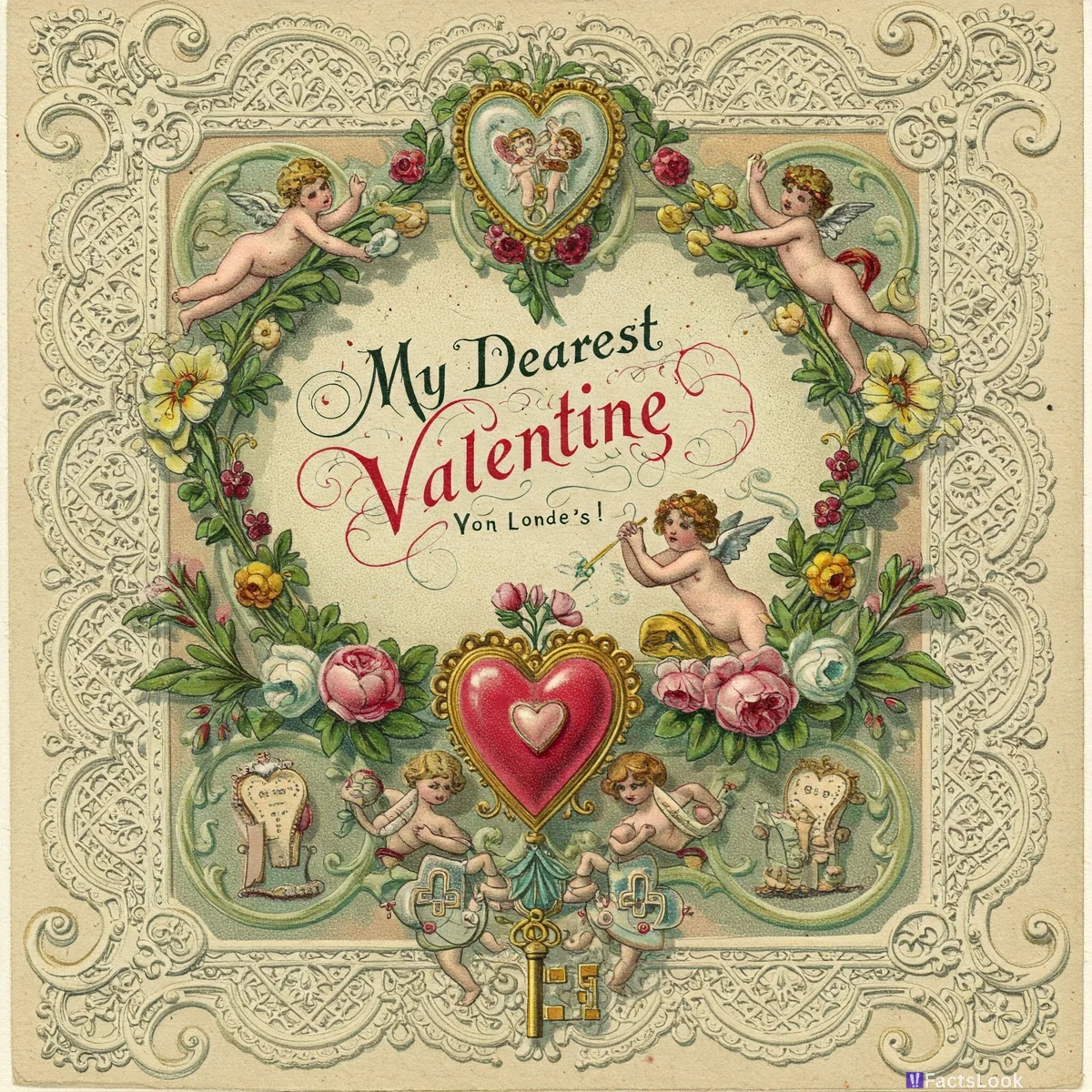
Early Valentine’s cards weren’t simple messages of affection. Victorian-era Valentine’s were often intricate and used symbolism to convey feelings. Hidden meanings in flowers, ribbons, and even the card’s embellishments could communicate a secret message! Decoding them was part of the fun.
The Rise of Mass-Produced Valentines
The invention of the printing press revolutionized Valentine’s Day, making cards accessible to the masses. Esther Howland, a Vermont artist, is credited with popularizing the American Valentine trade in the 1840s, creating beautiful and elaborate cards that set the standard for generations. [Source: Smithsonian Magazine - https://www.smithsonianmag.com/history/the-rise-of-valentines-day-cards-180972126/]
Chocolate’s Romantic Link: A Victorian Innovation
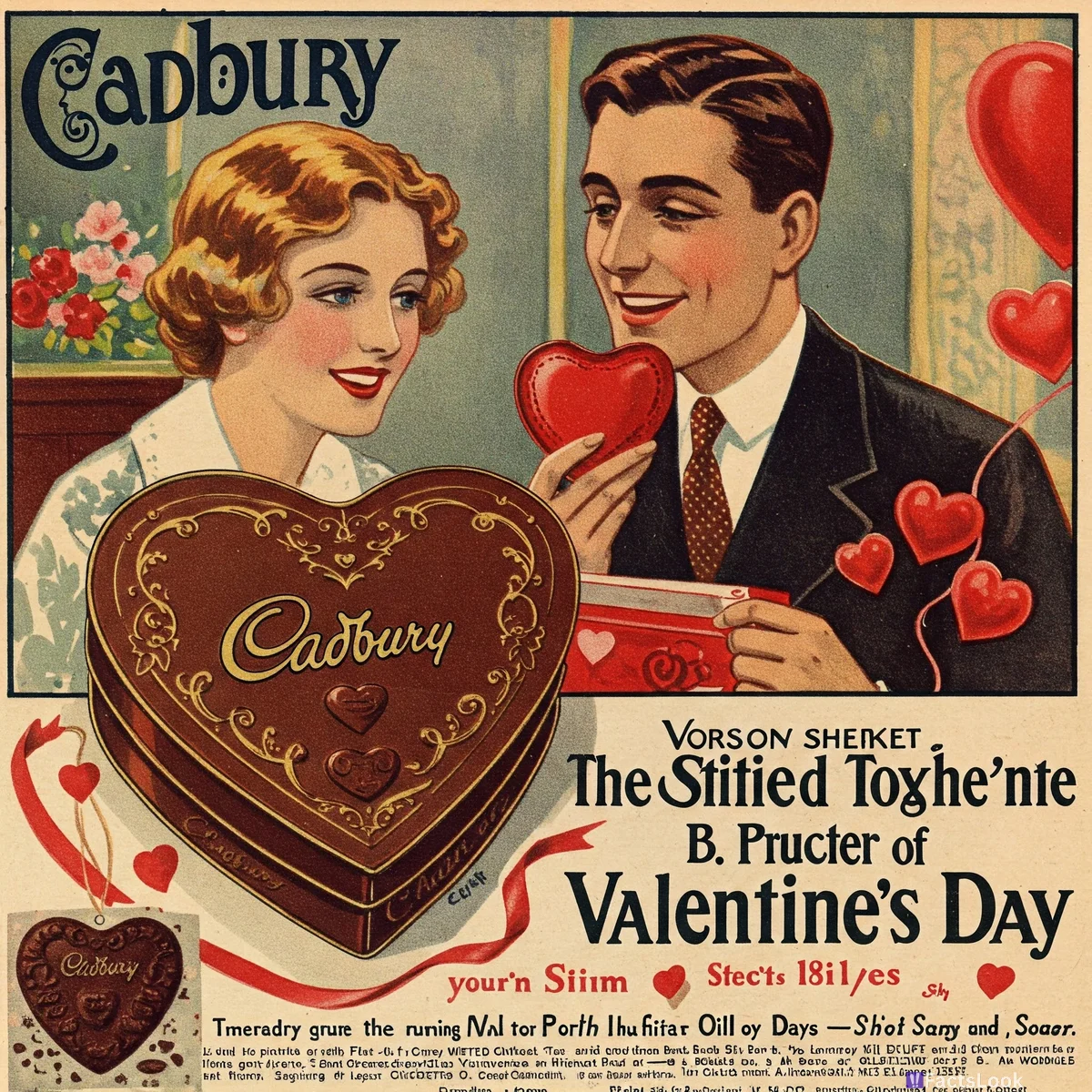
While chocolate has ancient origins, its association with Valentine's Day is relatively new. Richard Cadbury, of the Cadbury chocolate family, created the first heart-shaped chocolate box in 1868. This clever marketing move cemented chocolate as a symbol of love and affection, and Valentine's Day sales took off!
Flowers Speak a Language of Love
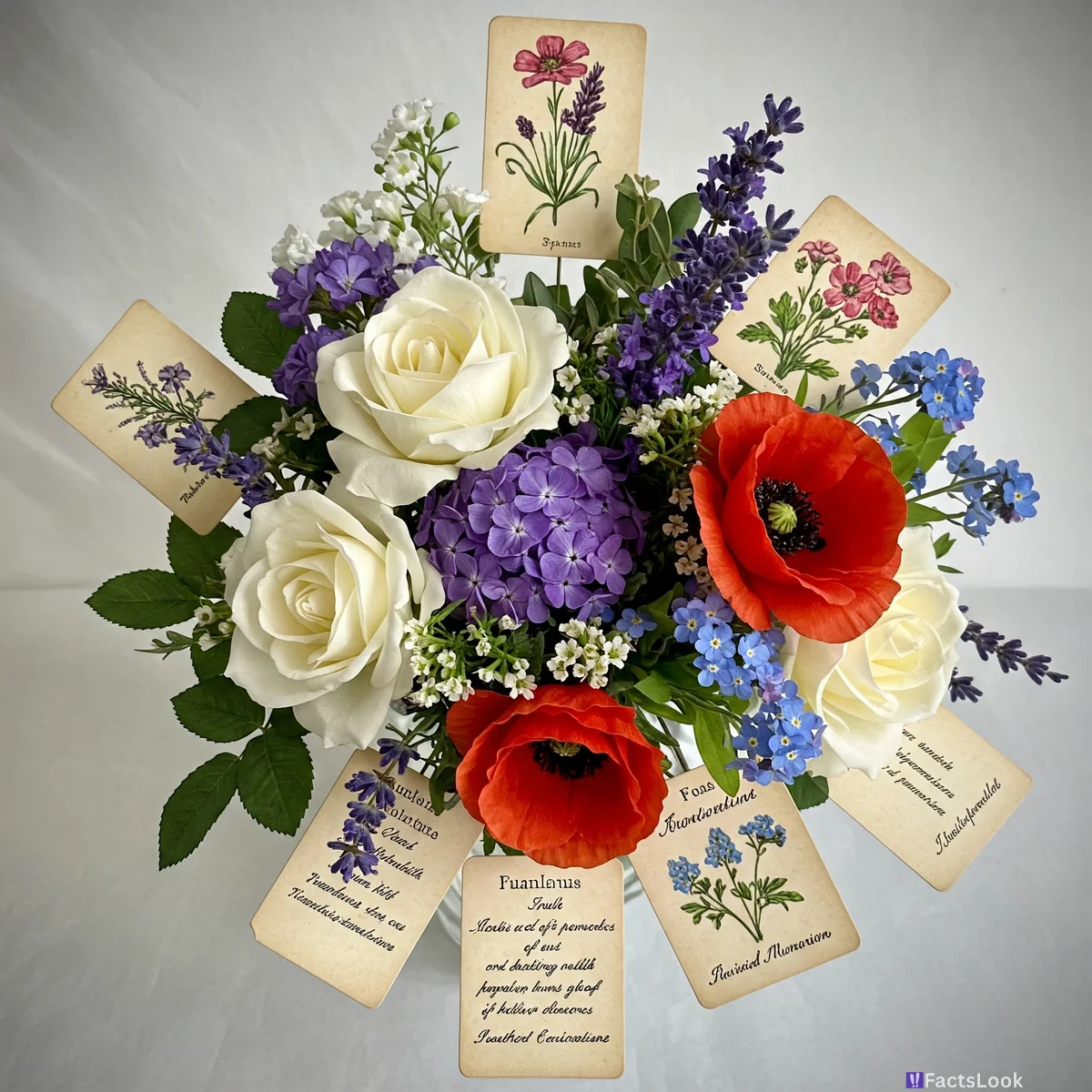
Victorian-era 'floriography' assigned specific meanings to different flowers. Red roses symbolized love, of course, but yellow roses meant jealousy, and carnations represented fascination! Giving a carefully chosen bouquet became a thoughtful way to communicate hidden emotions—a true language of flowers.
Valentine's Day Around the World
Valentine's Day isn’t celebrated the same way everywhere! In Wales, they celebrate St. Dwynwen’s Day on January 25th with hand-carved wooden spoons. In Ghana, it’s National Chocolate Day, boosting their cocoa industry. Each country has its own unique traditions!
The Valentine’s Day Massacre: A Dark History
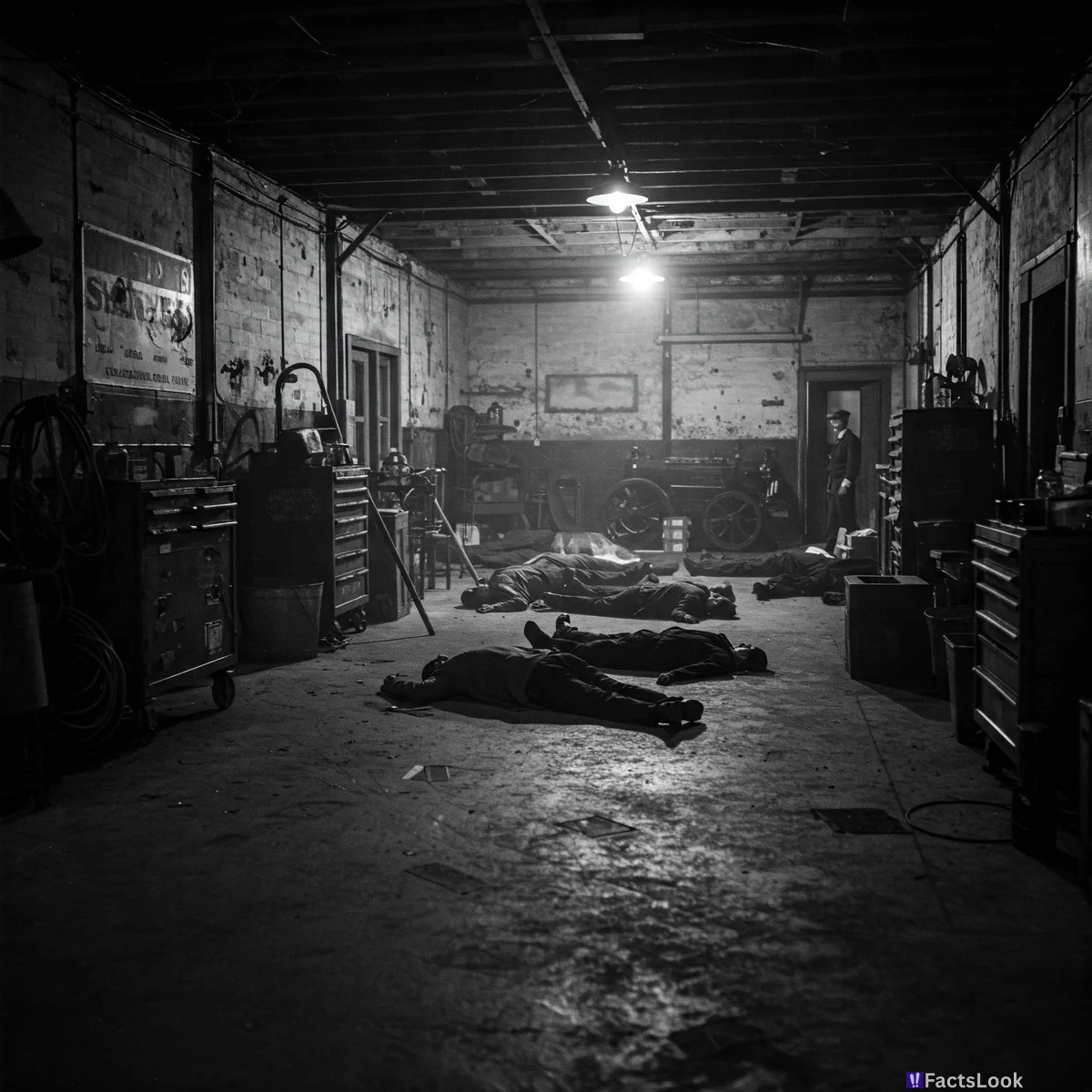
Valentine’s Day has a darker side. On February 14, 1929, Al Capone’s gang murdered seven members of a rival gang in Chicago, an event known as the St. Valentine’s Day Massacre. This notorious event starkly contrasts with the day’s usual associations of love and romance.
The Economics of Love: Valentine's Day Spending
Valentine’s Day is a *huge* economic driver. Every year, billions of dollars are spent on gifts, flowers, chocolates, and romantic experiences. It's one of the biggest spending days of the year, second only to major holidays like Christmas and Thanksgiving. In 2024, total spending exceeded $25.9 billion! [Source: National Retail Federation - https://nrf.com/media-center/press-releases/valentines-day-2024-spending-reach-259-billion]
Love Birds: Mating Season & Valentine’s Day
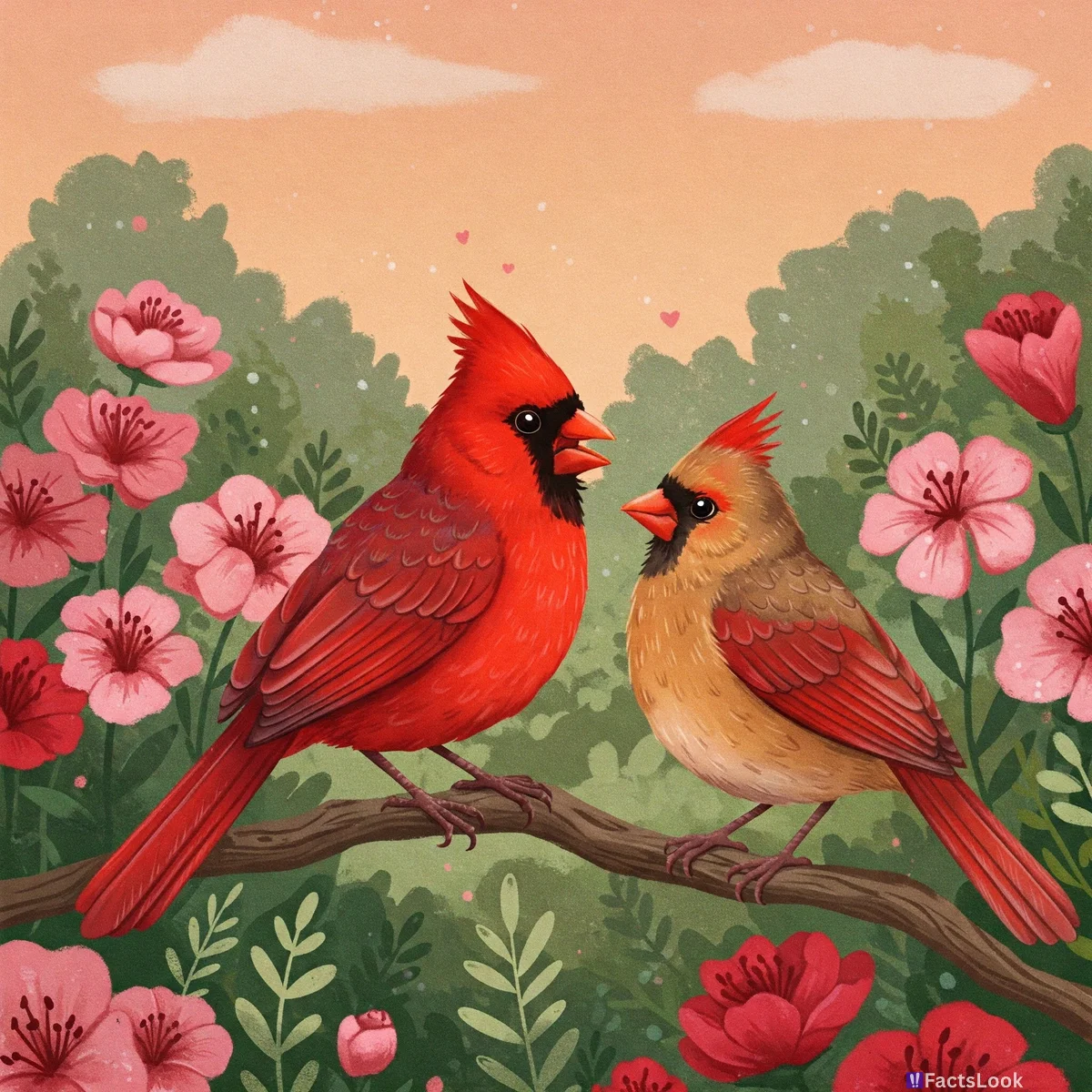
The timing of Valentine's Day coincides with the breeding season for many bird species. This may have contributed to the association of birds – particularly doves – with love and romance. Geoffrey Chaucer's poem further cemented this link in medieval times.
The Heart Shape: Not Always About Love
The heart shape wasn't always a symbol of romantic love! Its origins are believed to be rooted in ancient depictions of leaves or female anatomy. It gradually became associated with emotion during the Middle Ages and eventually became the universally recognized symbol of love we know today.
Famous Valentine’s Day Proposals
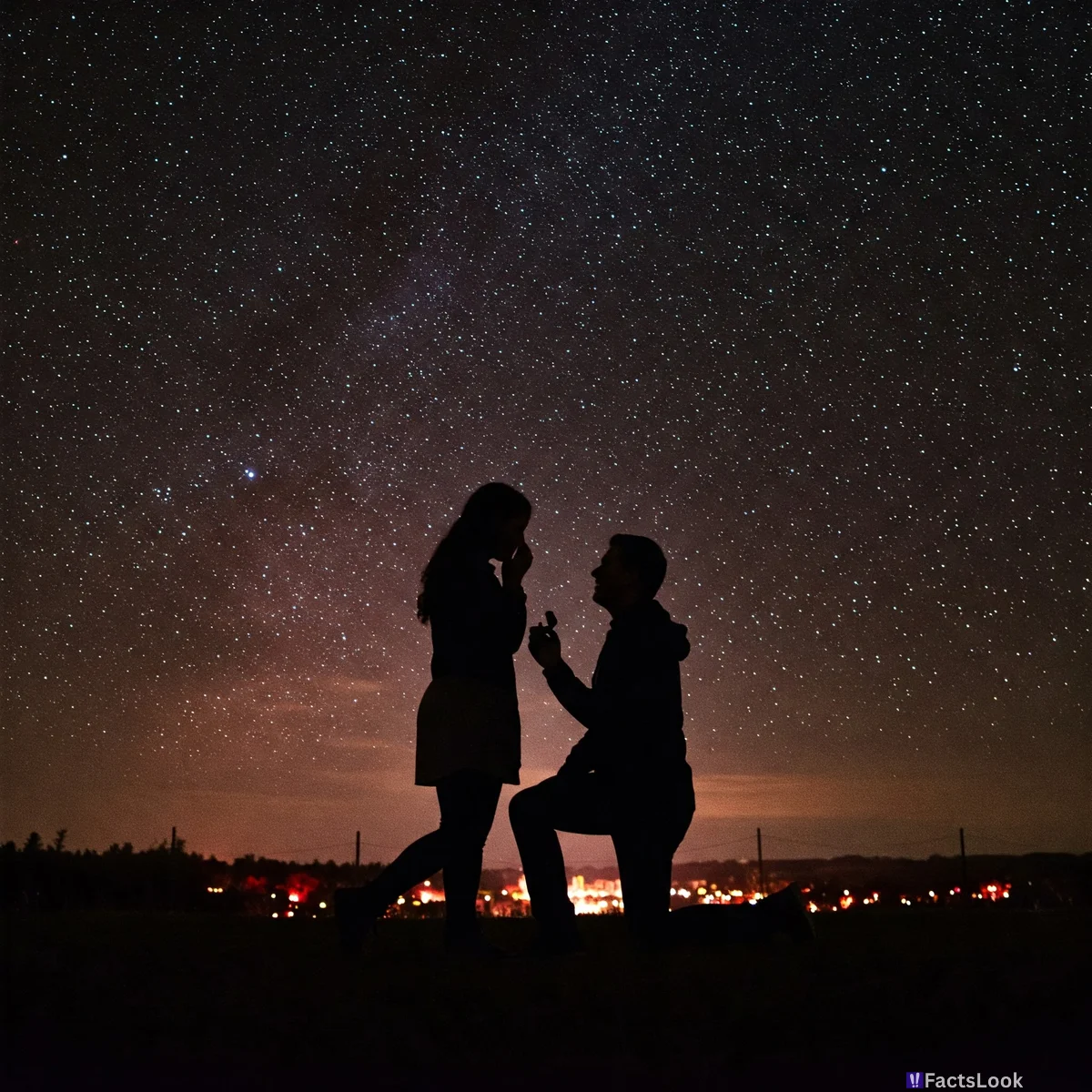
Many famous couples have gotten engaged on Valentine's Day! While specifics are often private, it’s a popular day for proposals, seen as a particularly romantic occasion to pop the question. The day's symbolism naturally lends itself to taking the relationship to the next level.
Valentine's Day & Social Media
The rise of social media has drastically changed how we celebrate Valentine's Day. Sharing photos and declarations of love online is now a common practice. However, it can also create pressure to present a perfect image, leading to feelings of inadequacy for some.
Valentine’s Day in Space!
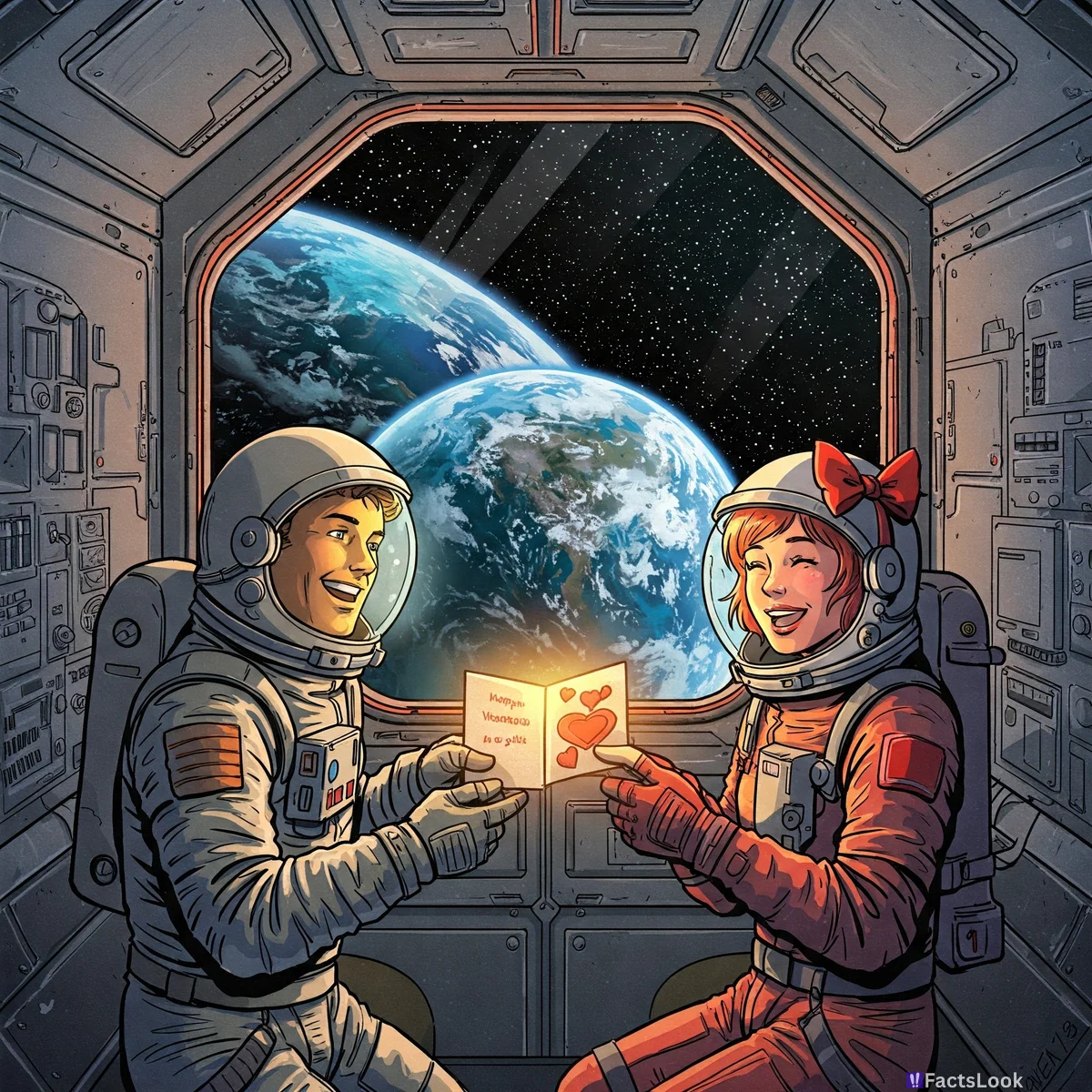
Astronauts haven't missed out on Valentine's Day, even in space! They’ve exchanged heartfelt messages and small gifts while orbiting Earth. Imagine celebrating the day of love with a view of our planet! The novelty adds a unique dimension to Valentine's celebrations.
The Most Popular Valentine’s Day Gifts
Chocolate remains the most popular Valentine's Day gift, followed by fresh flowers, greeting cards, and jewelry. Experiential gifts – like concerts or weekend getaways – are also gaining popularity, creating memorable experiences, that often outlast material possessions.
Valentine's Day 2025: Trends to Watch
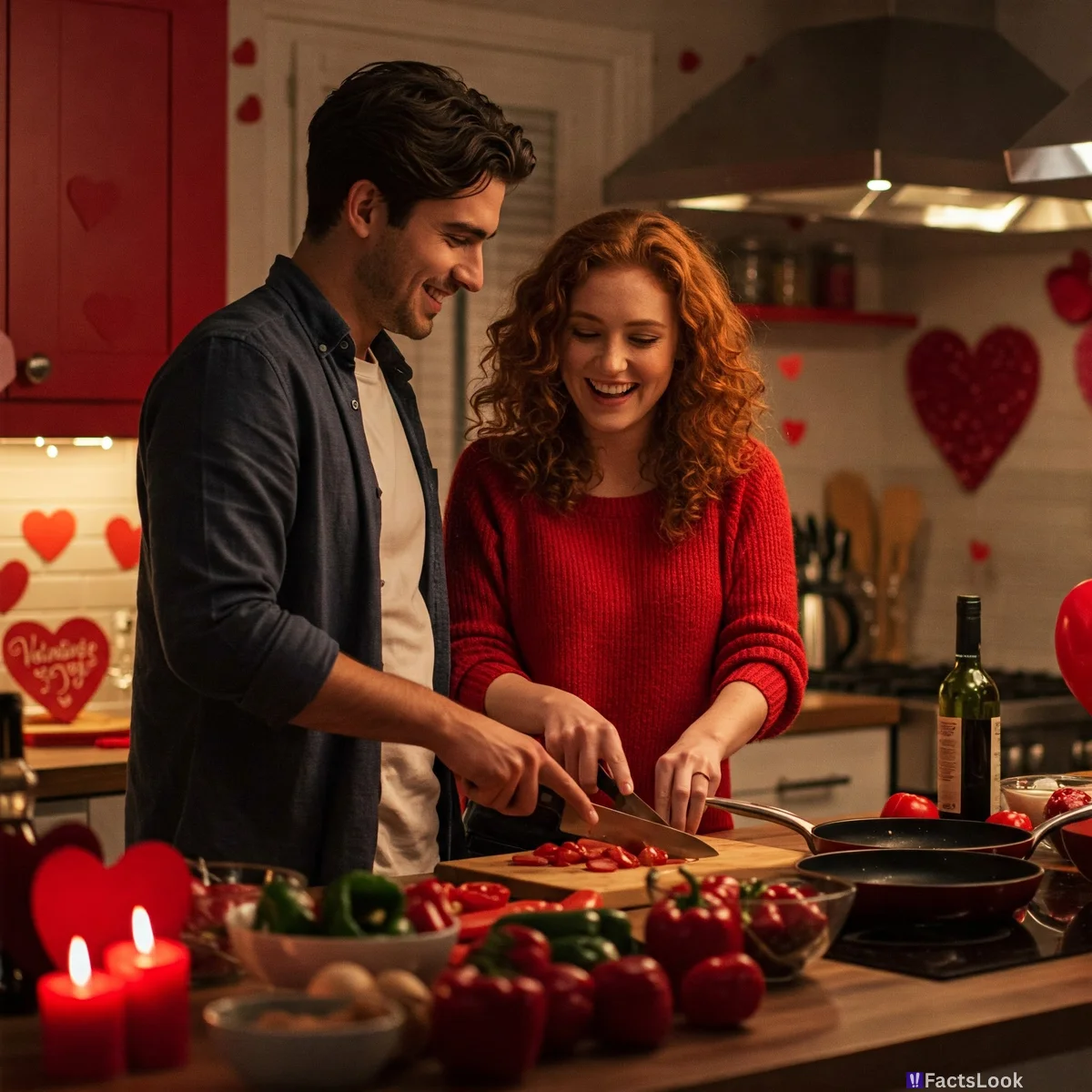
For Valentine's 2025, expect a continued focus on personalized gifts and experiences. Sustainable and ethically sourced items are gaining traction. Many couples are opting for ‘quality time’ – a romantic dinner at home, a cozy movie night, or a hike. Experiential gifts will likely remain popular.
The Future of Romance: Technology & Valentine’s Day
Technology will continue to shape how we express love. Expect more use of personalized videos, virtual reality experiences, and AI-powered gift recommendations. While tech can enhance the experience, the core essence of Valentine's Day – expressing genuine affection – remains timeless.
Comments
Loading comments...